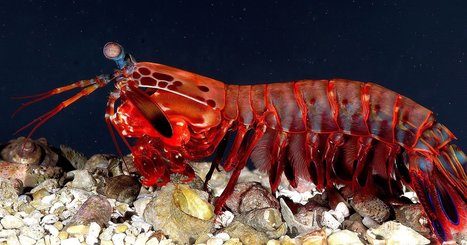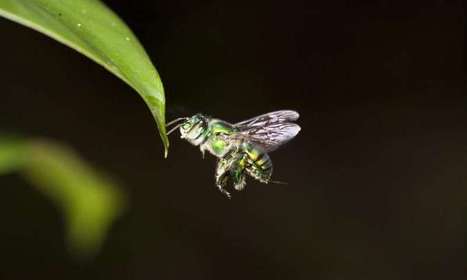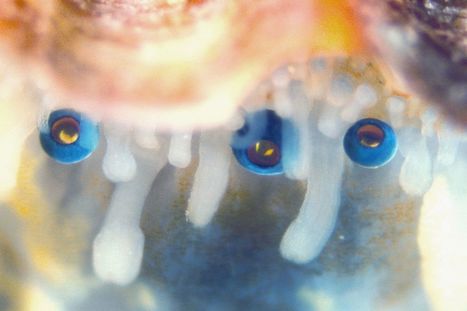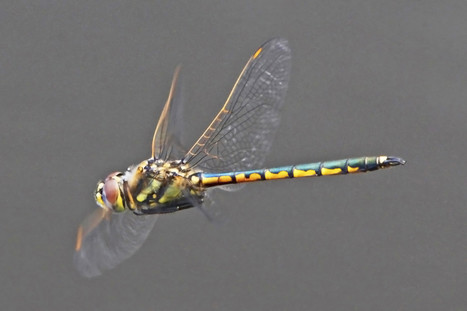"Researchers from the University of Illinois have managed to create a new camera called the Mantis Cam that can see polarized light. This technology provides possible solutions for everything from unlocking the mysteries of the underwater world to early cancer detection. The research was published in the journal Optica and takes its inspiration from the mantis shrimp, a crustacean with an incredible visual system. Humans have 3 different types of color receptors, but the mantis shrimp has 16 different receptors alongside another 6 polarization channels. Animals in the underwater world use polarized light for “covert communication channels” as well as hunting and navigation."
Research and publish the best content.
Get Started for FREE
Sign up with Facebook Sign up with X
I don't have a Facebook or a X account
Already have an account: Login
 Your new post is loading... Your new post is loading...
 Your new post is loading... Your new post is loading...
|
|























